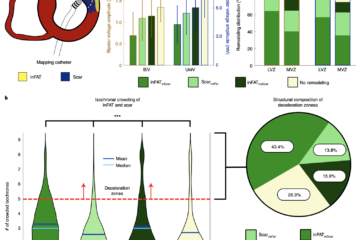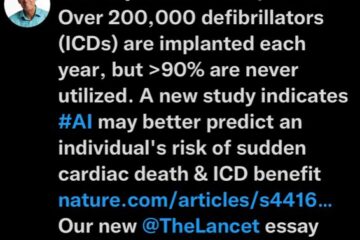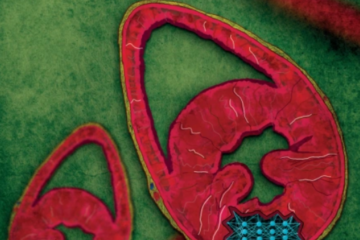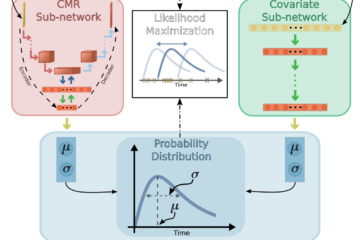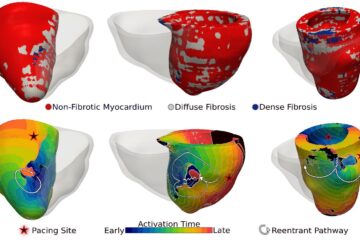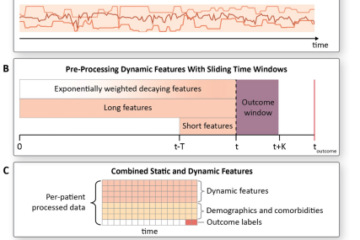Natalia Trayanova joins $8M international research initiative for advanced heart disease diagnosis and therapeutics
Natalia Trayanova, Murray B. Sachs Professor in Johns Hopkins University’s Department of Biomedical Engineering, is part of an international research team selected to receive $8 million from the Leducq Foundation for a project that aims to find new therapies for heart disease Read more

